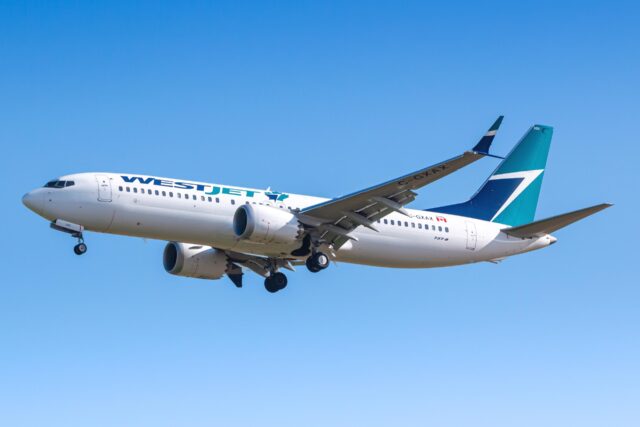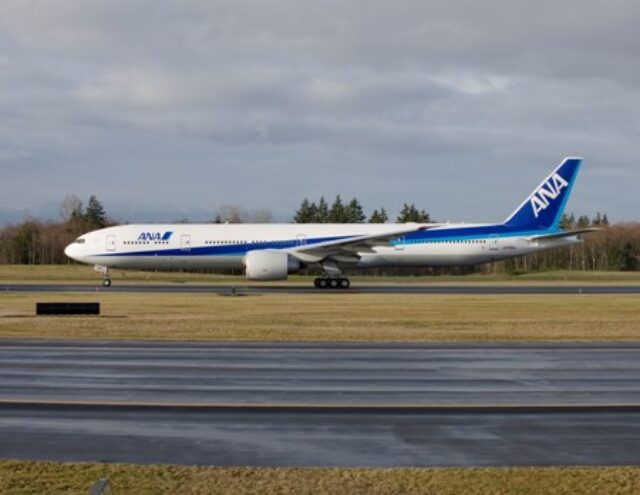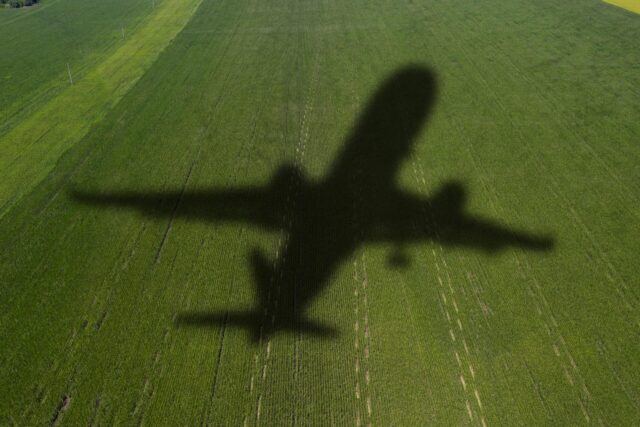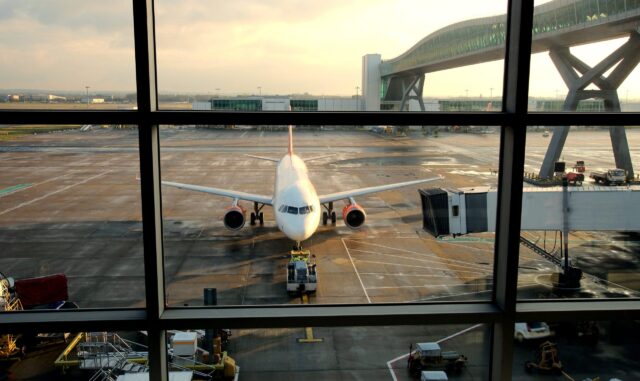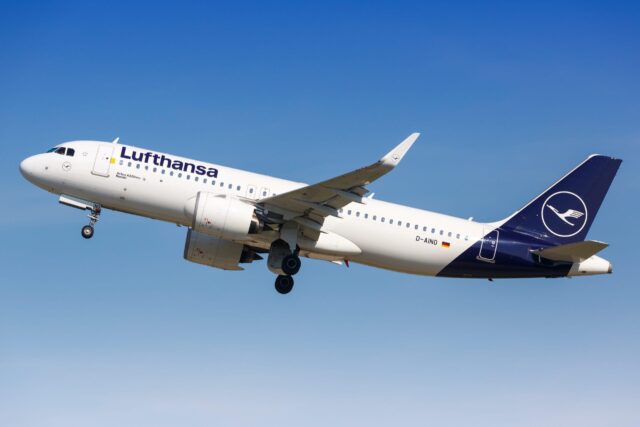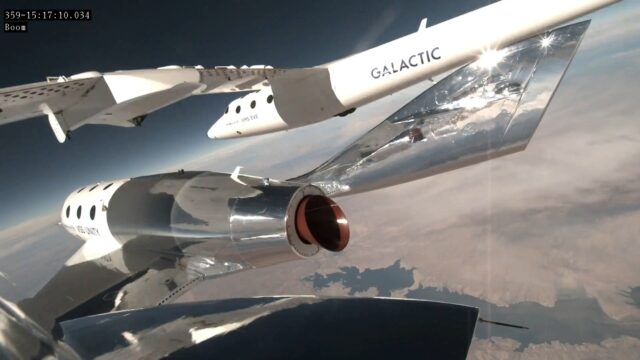Sleek spaceplane will fly from Oklahoma by 2027: What you need to know about Dawn Aerospace’s Aurora

A rocket powered, remotely piloted spaceplane has found a home in Oklahoma.
Dawn Aerospace announced on 12 June that it has signed a binding partnership agreement with the Oklahoma Space Industry Development Authority (OSIDA) to bring its Mk-II Aurora spaceplane to the Oklahoma Air and Space Port.
“Our mission is to push the boundaries of aviation all the way to space, and Oklahoma is a perfect place in the United States to make that happen,” said Stefan Powell, CEO, and founder of Dawn Aerospace.
Under the deal, Dawn would provide the vehicle and everything needed to operate it, like ground support equipment, licensing, creating a support team, and parts and servicing.
The aircraft will be based at Burns Flat, the OSIDA launch site and home to a unique FAA approved spaceflight corridor. It is set to begin operating in 2027.

The spaceplane is hoped to open new avenues for research into microgravity, with a cheaper, rapidly deployable platform than other options. Dawn notes that this frequent and low-cost access to microgravity could lead to “potential breakthroughs in areas such as cancer and liver disease drug development, and advanced materials research.”
Notably, the company says that colleges and universities in Oklahoma will have free access to the spaceplane for research purposes for the first year of operations.
What is the Aurora spaceplane?
The Dawn Aerospace Aurora Mk-II blends aircraft convenience with rocket-like performance.
Designed to take off from conventional runways and reach the edge of space (the Karman line), the aircraft is seen as a solution to bridge the gap between spaceflight and sustainability.
Capable of returning to Earth and landing safely, the Aurora brings reusability to space exploration. Its turnaround time of three hours gives operators the potential to access space multiple times per day.

The aircraft flies with a top speed of Mach 3.5 and is designed to carry payloads of up to 11 lbs (5 kg). It’s already proven, with 58 flights under its belt and certification for remotely piloted operations from New Zealand’s CAA.
In November 2024, the Aurora broke the sound barrier for the first time, and set a record for the fastest climb to 20 km (65,500 ft), surpassing the record held by the modified F-15 Streak Eagle in 1975. You can watch a video of that flight below.
“By developing a rapidly reusable aircraft, we’re bringing the efficiency of aviation to spaceflight,” noted Powell, “dramatically increasing flight frequency, cutting costs, and accelerating breakthroughs in science and space research that deliver critical insights and services for a better future.”
The Aurora spaceplane is an uncrewed platform, and does not have the relevant life support systems for human spaceflight.
First sale for Dawn Aerospace’s spaceplane
Dawn began offering its Aurora spaceplane for sale at the end of May, and Oklahoma is its first customer.

The company has formed partnerships with three prestigious US institutions – Arizona State University, California Polytechnic State University, and Johns Hopkins Applied Physics Lab.
Through these partnerships, the spaceplane is currently undergoing a series of research missions from Tāwhaki National Aerospace Centre at Kaitorete, just outside Christchurch in New Zealand. These are Dawn’s first commercial flights since establishing its facilities there in 2024.


